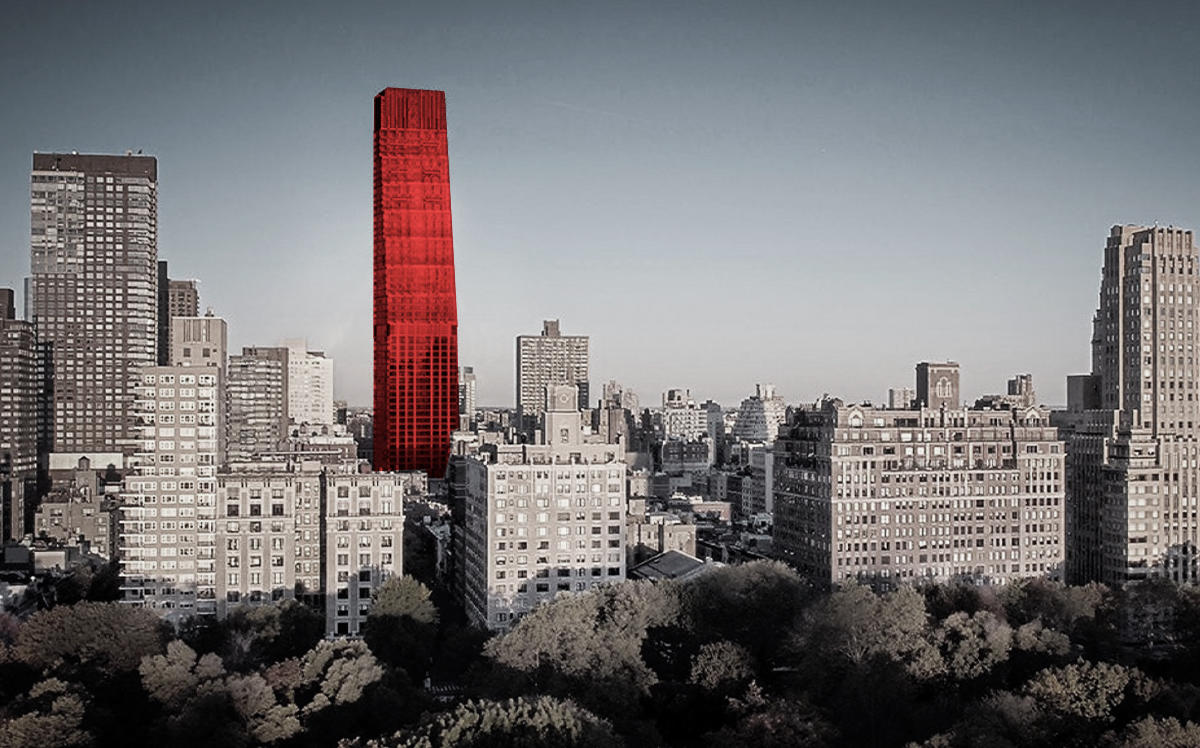 Shock ruling could throw 200 Amsterdam loan into default
Shock ruling could throw 200 Amsterdam loan into default
Trending
Judge scolds 200 Amsterdam developers: “Owner must bear the responsibility”
Construction continues at condo project, despite court order to deconstruct upper levels

The real estate industry was stunned by a recent ruling that could force developers to chop off the top of a near-complete residential tower. But they should have known better than to continue construction during a legal challenge, the judge wrote in his ruling, which was made public Thursday.
Justice W. Franc Perry rejected the argument that invalidating the permit for 200 Amsterdam would be “unduly prejudicial,” noting that the dispute over the building had been going on for years.
“Considering the record before this court, [the] owner must bear the responsibility for any harsh results arising from the invalidation of the permit,” Perry wrote in the ruling.
Lawyers representing developers SJP Properties and Mitsui Fudosan America have vowed to appeal the decision, which was delivered Feb. 13.
“If you look at the overall pattern of this, we feel very strongly that our client had the equities on its side in going and getting its permit,” said Paul Selver of Kramer Levin.
It remains unclear whether the city — whose Department of Buildings issued the permit — will join the appeal. But it will likely become clear soon: The Law Department previously said it was waiting for the judgment to be filed. Contacted today, spokesman Nicholas Paolucci said a review would commence.
Meanwhile, construction continues at the tower, despite the court’s ruling that the top floors exceed the zoning resolution.
“We certainly hoped they would stop,” said Elizabeth Goldstein, president of the Municipal Art Society of New York. “It’s been very clear right from the beginning that they intended to appeal so it’s not a surprise that they are eking out as much construction as they can in the meantime.”
Manhattan Borough President Gale Brewer’s request this month for the Department of Buildings to issue a stop-work order had also been tabled until the judgment was filed.
Read more
 Shock ruling could throw 200 Amsterdam loan into default
Shock ruling could throw 200 Amsterdam loan into default
 Ruling to chop top off UWS tower affects buildings across city: lawyer
Ruling to chop top off UWS tower affects buildings across city: lawyer
 Foes of 200 Amsterdam say other towers safe from cut-down
Foes of 200 Amsterdam say other towers safe from cut-down
The dispute in the lawsuit boiled down to whether the developers should have been granted permits based on a gerrymandered 39-sided zoning lot.
An opposing group called the Committee for Environmentally Sound Development challenged the approval to the city’s Board of Standards and Appeals in 2017. The Municipal Art Society joined the committee in filing a lawsuit that sought to halt construction until the BSA made a decision. As the two legal challenges proceeded, an agreement was reached that allowed construction to continue under certain conditions.
But when the BSA sided with the developers in 2018, the community groups filed an Article 78 challenge, sending the case back to the board. The groups appealed the next decision to the State Supreme Court.
In his judgment, Perry said the BSA had relied on a historical interpretation that a zoning lot could consist of partial tax lots — drawn from the 1978 “Minkin Memo” — but a 2018 bulletin from the DOB offered a conflicting interpretation.
The BSA had acknowledged the bulletin’s existence, but argued there was uncertainty over the bulletin’s future, and because of that, it could not be considered hard law.
“DOB properly exercised its authority by identifying an erroneous interpretation of the zoning resolution and by publishing a proposed amendment to correct the error,” the state judge wrote. “BSA, however, balked in its duty.”
In response, Selver said the Minkin interpretation had been relied upon for many years — including when the developer bought the land in 2015. The builders did not anticipate that the agency’s new position would be applied retroactively.
It’s unclear how long it will take for this highly unusual case to be resolved, or what comes next. “We know that they have to appeal within 30 days,” Municipal Art Society’s Goldstein said. “We know that the city can get an automatic stay should they choose to.”
Richard Emery, a lawyer representing the project’s opponents, said they would push for a halt on construction. “The more you build, the more difficult it is to take down,” he said, “so the DOB should exercise its authority to discontinue building for that reason alone.”
Write to Sylvia Varnham O’Regan at so@therealdeal.com




